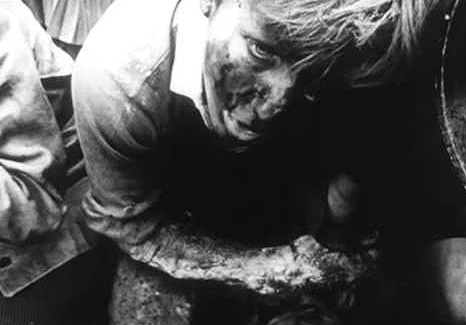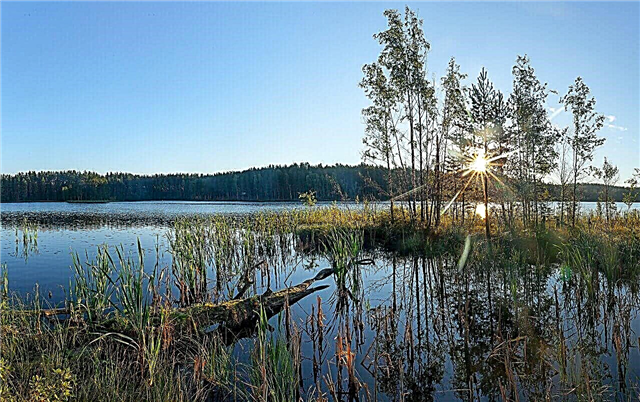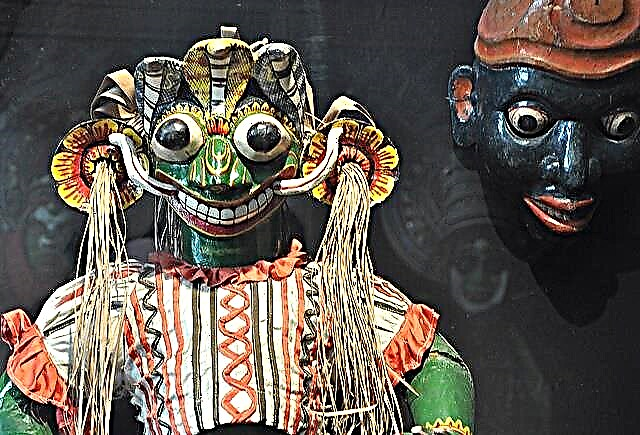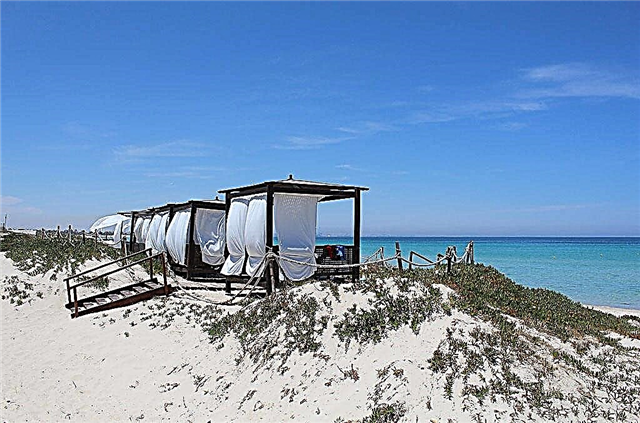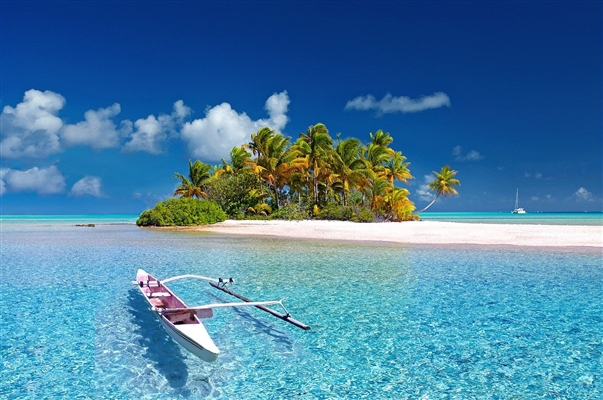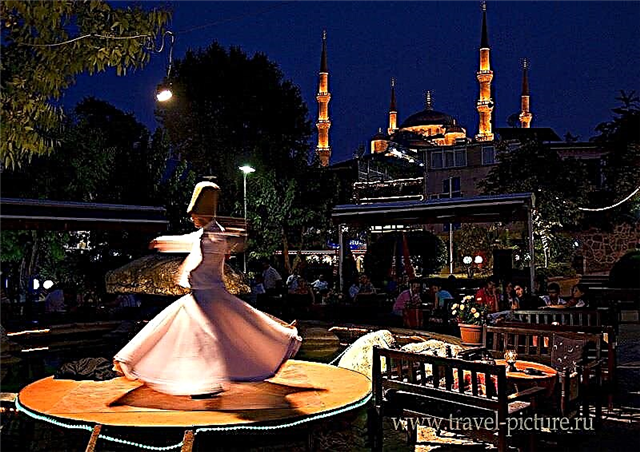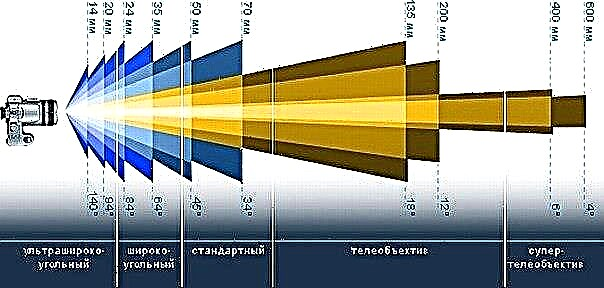How to choose a lens for a DSLR? What parameters to look for when choosing a good lens? In this article, we will provide some tips for choosing a lens and hope you make the right decision when purchasing this essential travel photographer's attribute.
So, going on a big trip or just out of town not far from home, you always want to capture all the wonderful moments of life that have ever happened to you.
To do this, you need a camera, we already talked about how to choose a camera in the last article, but now we will talk about "glasses" for SLR cameras. Remember, the quality of the photo depends only on the lens and the hands of the photographer!
How to choose a lens? Options
Before asking a question, you need to know and imagine that this is an optical device, which includes several groups of lenses, the clearer the lens at the molecular level, the more expensive the cost, the more beautiful and juicy the color rendition of your future photo of the painting will be.
But when choosing such a technique, you should not “jump” only on the purity and quality of the glass, you should also pay attention to the focal length and aperture ratio. First you need to decide what you will photograph the most - portraits, landscapes, feast, architecture ...
It is worth paying attention to one important point. DSLR cameras differ in their type. Conventional DSLR cameras have a 23.7 x 15.6mm crop sensor, while professional cameras have a 35 x 24mm full-frame sensor. When choosing a lens, it is worth considering what kind of matrix you have, not every glass will fit your camera.

It is worth considering the attachment of the lens to the camera. For Canon, lenses with an EF-S mount designed for a cropped sensor are not suitable for professional full frame technicians, because the mirror on the camera can be damaged by the lens of such a lens.
But if you take lenses with an EF mount, then here you can stick them into any camera of the EOS series (SLR cameras). An example of such a technique with an EF mount for a full frame is shown below.
Focal length, aperture and stabilizer
Let's take the Canon EF 16-35mm f / 2.8L II USM for an illustrative example.

The focal length of this glass (denoted by EF 16-35mm, where EF is the mount standard) is 16-35 mm, this focal length is ideal for shooting landscapes, architecture, close meals and volume photography, the clarity of the glass of this lens is of the highest class. Therefore, with such a lens, photos are rich and clear.
The aperture of this specimen (denoted f / 2.8L) is 2.8. The most ideal solution for shooting in twilight, a small dark room or at night, for such aperture you do not need a flash if it is already getting dark outside, and you suddenly want to take a photo.
The image stabilizer in the specifications is referred to as IS (for example, Canon EF 16-35mm f / 2.8L IS USM), it is needed in order to make video “shake-free” or photograph at long focal lengths, especially if you are going to take pictures handheld at very long focal length over 200mm. USM is an ultrasonic motor that enables instant focusing on the subject.

How to choose a lens for landscape or architecture photography? The ideal focal length for such shooting is from 16-35mm, with such a focal length everything that you want to capture will “fit” into your photograph. The type of such specimens is called wide-angle.
How to choose a lens for your portrait? Focal length for portraits from 35-85mm. The type of such specimens is called standard.
How to choose glass for shooting birds and other animals? To do this, you need a focal length of the specimen from 70 - 200 mm, no longer needed. For distances from 200mm, you need a built-in stabilizer or a tripod. With a built-in stabilizer, these glasses are worth a fortune. The type of such instances is called a telephoto lens.
Of course, you can talk about how to choose a lens for non-standard shooting, for example, ultra wide-angle lenses with a focal length of 8-22mm, which are called "Fisheye" and super telephoto lenses with a focal length of 200mm - above. Only professionals need them, and very rarely have to use them in everyday life, so we will not talk about how to choose such a technique.
The aperture for all types of shooting needs different, the lower it is, the more beautiful, for example, the blur will turn out when shooting a portrait, or the photograph will turn out to be lighter when shooting in a dark room. The ideal solution would be aperture from 1.8 to 4. When choosing a glass, this solution will suit you for everyday shooting.
How to choose a fix or zoom?
The advantage of the fix is its aperture ratio, ease of assembly and a clear image, it focuses faster on the subject, and most importantly for many photographers, it is lightweight.
Typically, fixes will make your photo crisp and vibrant. But fixes also have disadvantages, the focus distance does not change, which means you have to run around to get your subject into the frame.
The zoom has a complex design, is more prone to breakage, focuses more slowly, and the quality of the photo decreases compared to the prime lens. But you can easily increase or decrease the focal length when shooting.
Case quality
How to choose a lens with a high-quality body, and even so that during operation it does not get dusty inside? We recommend choosing specimens without a moving trunk; during operation, the trunk of your glass begins to slap and suck in dust, this threatens with expensive repairs.
In such cases, the L-series lenses from Canon are suitable, copies of this series are dust and waterproof, made of high-quality materials, but also expensive.
When choosing a lens, consider the color as well. You have probably noticed the cases of this device made of light materials in stores. For example, a Canon EF 70-200mm copy has a white body, this color does not allow the glasses inside to heat up, which means that the camera matrix will not “make noise”, after a long shooting in the sun, the photo does not show ripples from the overheated matrix.
We talked about what to look for when choosing glass for shooting. The rest of the parameters when choosing such a technique, you can not bother yourself, the most important thing that you need, we have listed above.
Choosing lenses for Canon cameras:
- Canon 24-105mm f / 4
- Canon 17-40mm f / 4
- Canon 18-135mm f / 3.5-5.6
- Canon 70-200mm f / 4
- Canon 50mm f / 1.8
- Canon 17-55mm f / 2.8
- Sigma 17-50mm f / 2.8
- Sigma17-70mm f / 2.8-4.0
- Sigma 18-35mm f / 1.8 We especially recommend that the photo quality parameters of this model surpass expensive Canon counterparts many times over!
- Tamron 28-75mm f / 2.8
- Tamron 17-50mm f / 2.8 A popular model among photographers, but we would not advise you to take it. After a year of operation, the rubber band of the focusing ring begins to peel off and most lens models require adjustment service.
Which lens to choose for Nikon cameras:
- Nikon 18-105mm f / 3.5-5.6
- Nikon 24-70mm f / 2.8
- Nikon 70-200mm f / 2.8
- Nikon 50mm f / 1.8
- Nikon 85mm f / 1.8
Well, the same models from Sigma and Tamron that we described for Canon.
We talked about how to choose glass, described the most important parameters of this device, gave examples of tested lenses. Now the choice is yours, it is worth noting that all the items shown in this article are more expensive than analogues such as Tokina, Samyang or other Tamron models. Remember, a good lens will never be cheap!
The purpose of this article is to help you choose the good thing that will not disappoint you with clear, rich photos after every trip and will delight you every day.
At the end of the article, I would like to share a cheat sheet for those who are starting to try themselves in professional photography, although I have been in this business for a long time, but still she helped me out in a difficult situation

How to check the lens for dullness when buying?
If you want to buy a high-quality lens, then first of all ask the seller for the original warranty card, this is the only first step when checking the lens when buying in a store for dullness. Demand filling in the original coupon, namely, the seller must register the date of purchase, the exact name and model, and the seal of the store.
Only with a correctly completed warranty card you will be accepted by an authorized service for the repair of photographic equipment. If a store issues a warranty card on a regular A4 paper, run away from such a store and know that they want to sell you a gray copy (gray is a product imported into the Russian Federation not by official means).
After purchasing a quality lens, you can check its reliability on the manufacturer's website in the profile. Any brand provides information about an instance by a serial number on its branded website. On the Tamron website, for example, you can activate a 5-year warranty upon such a request. Well, that's all the recommendations for choosing a good lens to take great photos.

